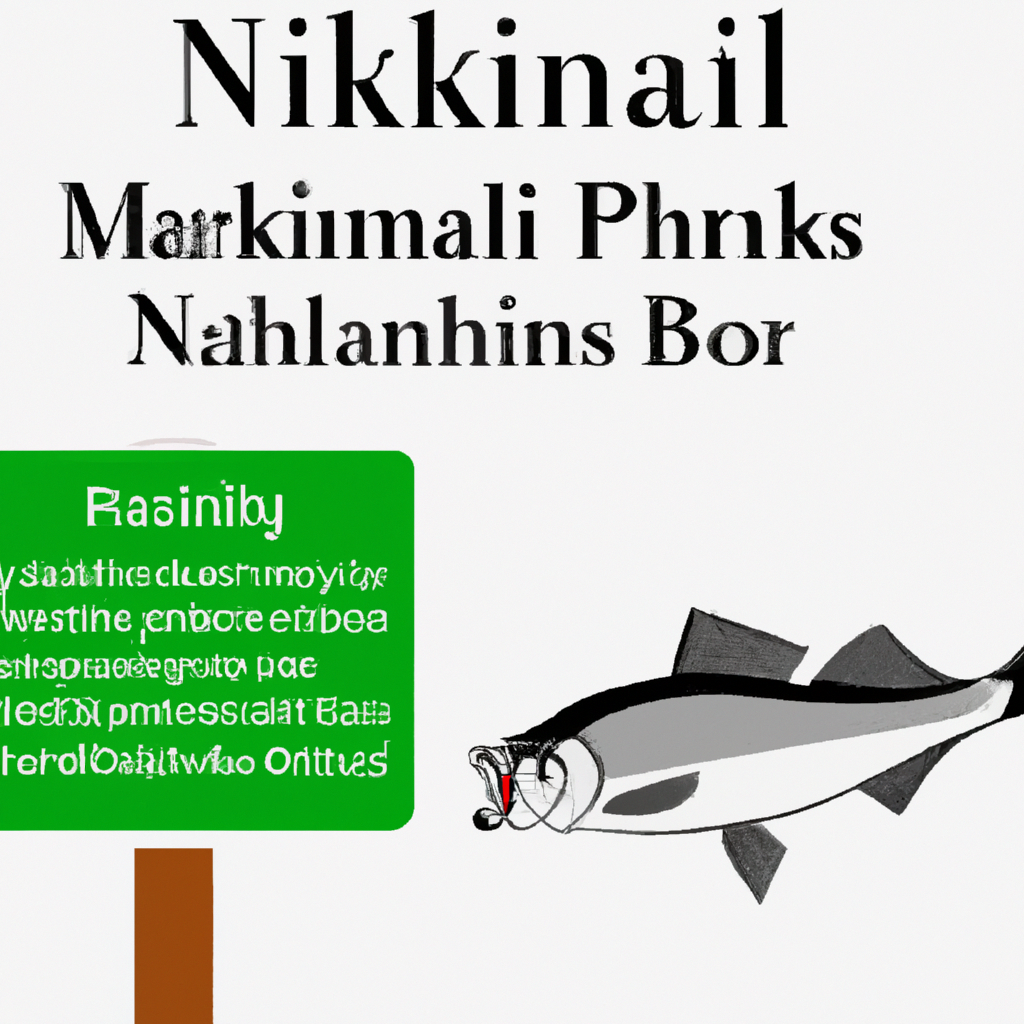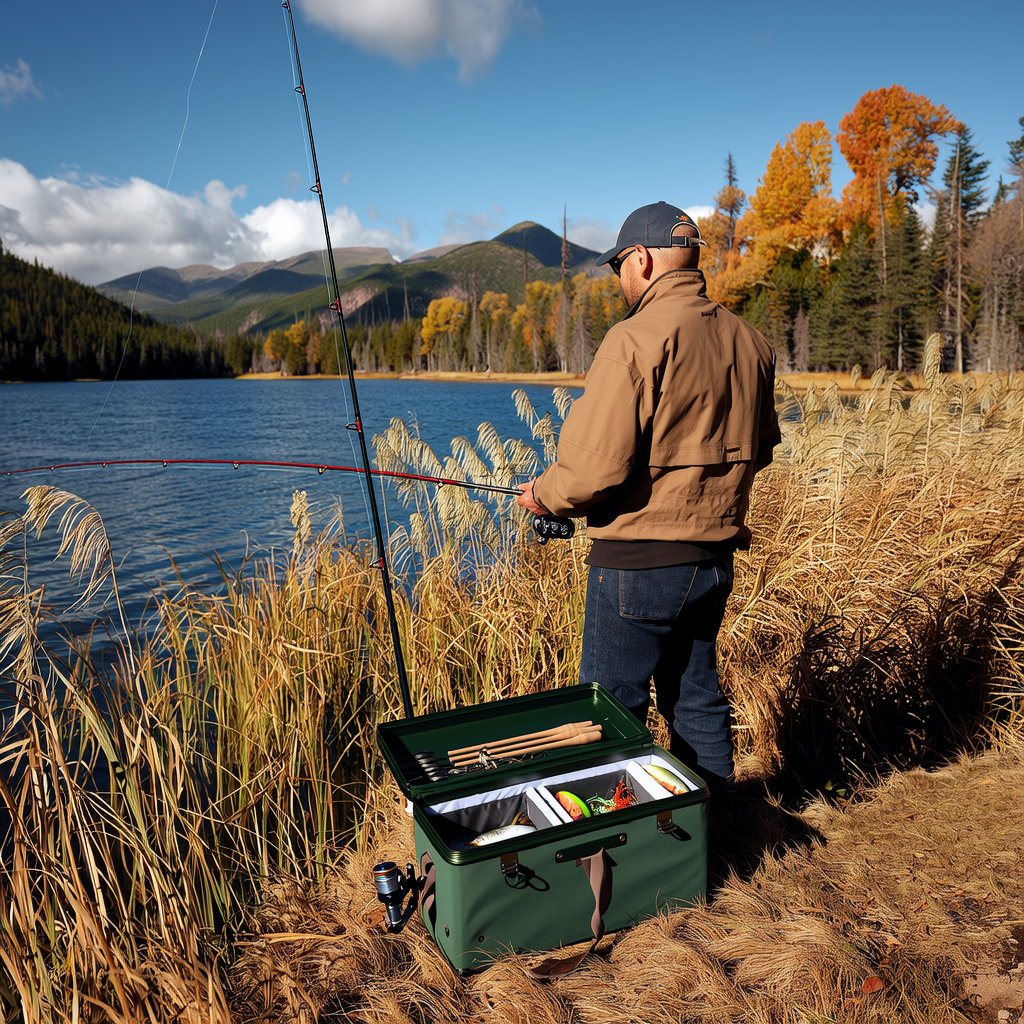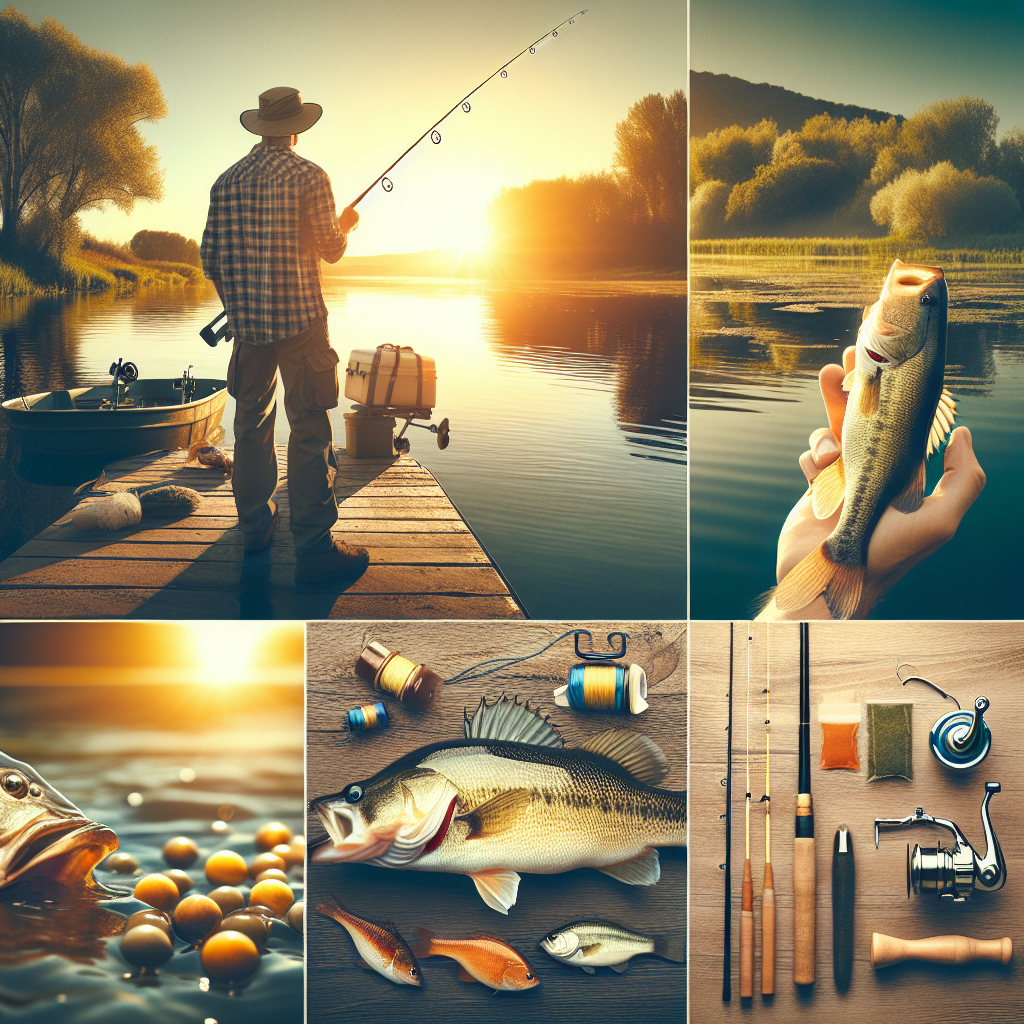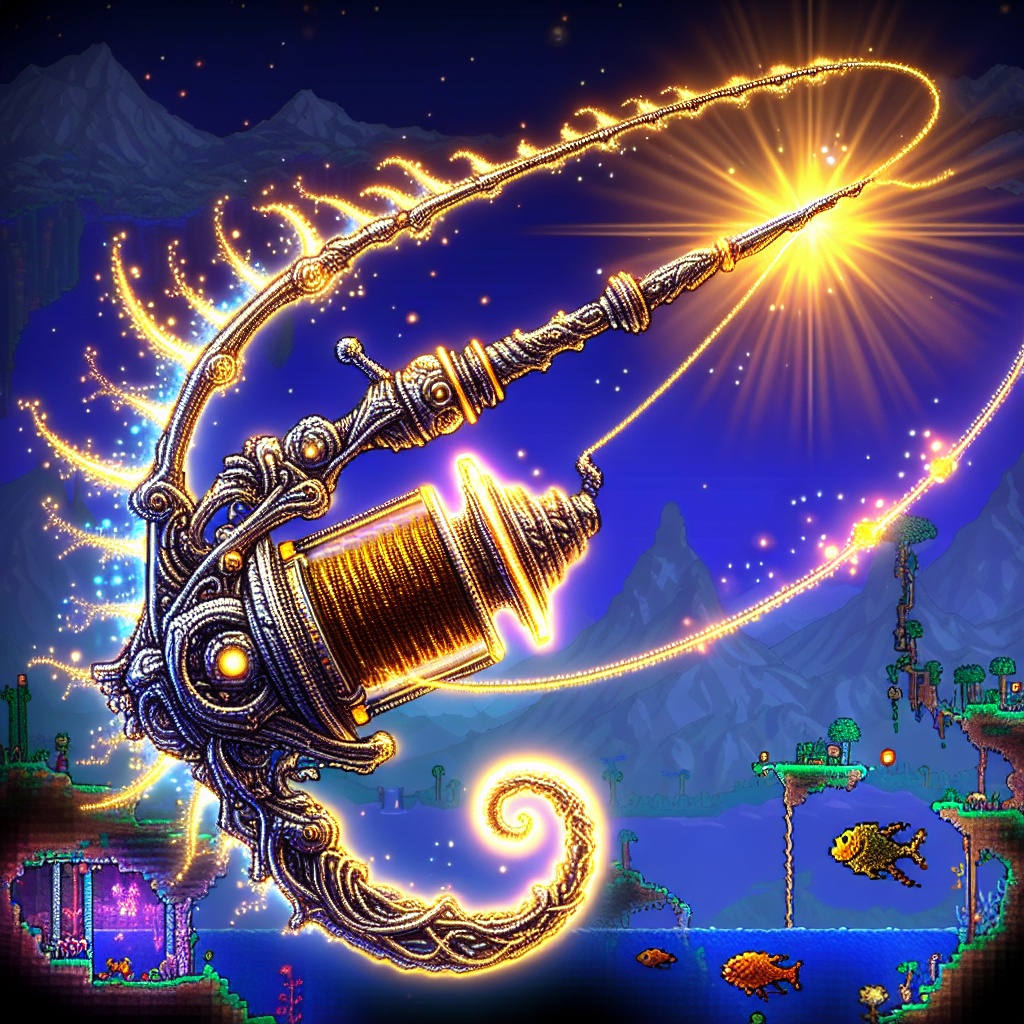Minnesota’s fishing regulations are designed to protect and preserve the natural resources of the state for future generations. These regulations were put in place to conserve, manage, and safeguard fish populations, as well as support recreational fishing. Minnesota’s lakes and rivers are perfect for anglers to enjoy the sport. It’s important to know the rules of the game before you get on the water.
Guidelines and Regulations
Minnesota’s Department of Natural Resources has created guidelines and regulations that will help anglers to understand the rules. The DNR manages fish, fish habitats and aquatic resources in the state. They strive to make fishing in Minnesota sustainable and enjoyable for all.
Minnesota fishing regulations differ depending on what species you are fishing and the waterway in which you are fishing. There are different rules for fishing in rivers and lakes. Anglers are also required to follow the size and bag limits of each fish species in order to avoid fines or penalties.
Fishing License
Anglers are required to obtain a Minnesota fishing license before casting their lines into Minnesota waters. The license fees are used to fund conservation and fishery management. The DNR offers a variety of fishing licenses, including annual, lifetime, and three-year licenses. Non-residents may also purchase short-term fishing licenses that are valid for one day, seven or fourteen days.
Catch-and Release Policy
The catch-and release policy is one of Minnesota’s most important fishing regulations. This regulation was put in place to ensure the sustainability of the aquatic resources and conserve fish populations. Anglers are required to release any fish that does not meet the bag and size limits. Catch-and-release is particularly important for popular sportfish such as walleye and bass.
Prohibited Methods
Minnesota fishing regulations also prohibits certain types of hooks, nets and baits. Anglers are not allowed to use gillnets or dynamite in order to catch fish. Trout cannot be caught with treble hooks, and snagging in waterways is prohibited.
Stay Informed
Anglers must be aware of the specific fishing rules for the water in which they fish. Regulations may vary from one river or lake to another. The DNR website is a great place to find the latest fishing regulations.
Fish Handling Techniques
Anglers must also use proper fish handling techniques to maintain healthy fish populations. Anglers should always wet their hands when handling fish to avoid damaging the slime layer. Anglers can also use catch-and release gear such as circle hooks and fishgrippers to handle fish.
Invasive Species
Minnesota fishing regulations prohibit possession of certain species. This includes invasive species such as silver carp and largehead carp. It is illegal to transport these fish in Minnesota. They can harm natural fish and ecosystems. Anglers are required to immediately report any sightings of or captures by these invasive species.
Ice Fishing Regulations
The DNR also sets rules for ice fishing. Anglers are required to have a fishing license valid and adhere to size and bag limits on all fish caught through ice. Minnesota law states that anglers are not allowed to leave their ice shelters in the state’s waters over night. These regulations make ice-fishing safe and enjoyable for everyone.
The following is a list of the most effective ways to reduce your risk.
Anglers who violate Minnesota’s fishing regulations could face heavy fines or even jail time. Conservation officers of the DNR are responsible for enforcing all fishing regulations in the state. They ensure that everyone adheres to the rules, and that Minnesota’s aquatic resources are protected.
Conclusion
The Minnesota fishing regulations are in place for the protection and conservation of fish populations and habitats. Anglers are required to follow these regulations in order to ensure the sustainability and health of the state’s aquatic resources. Knowing the rules and regulations will allow anglers to enjoy Minnesota fishing while maintaining its waters.




